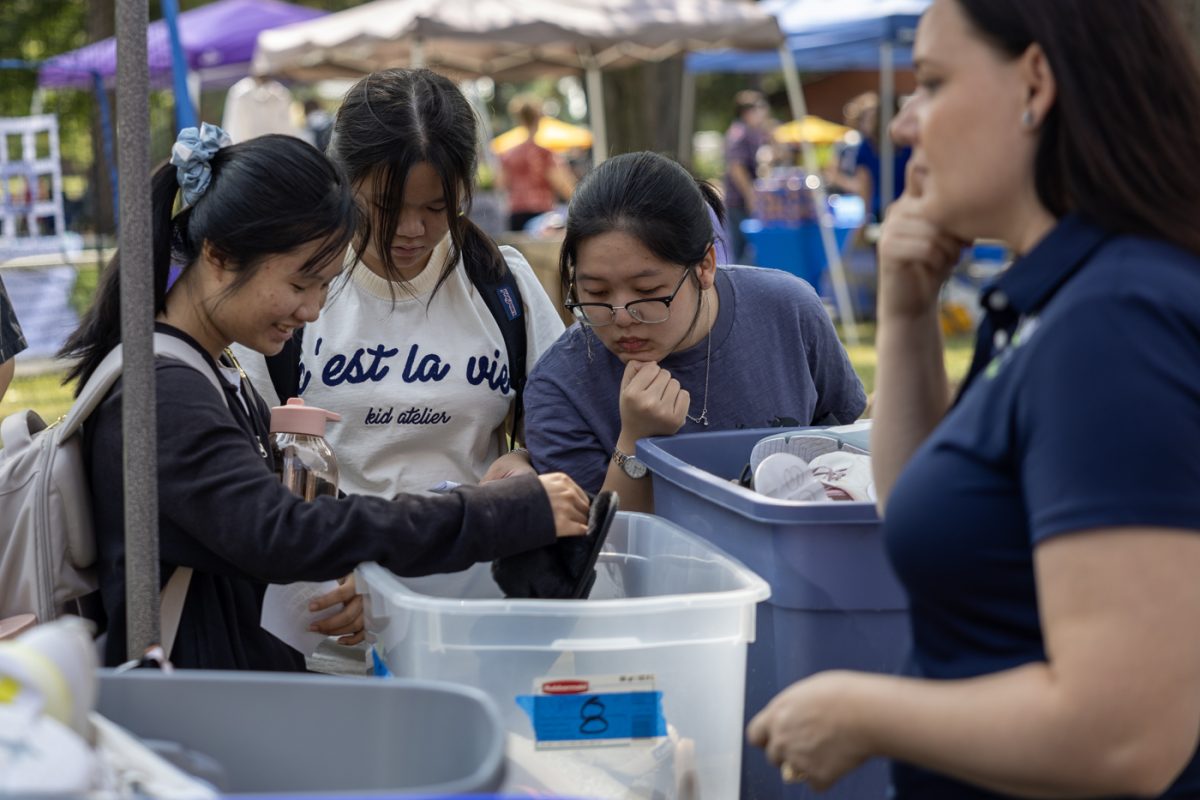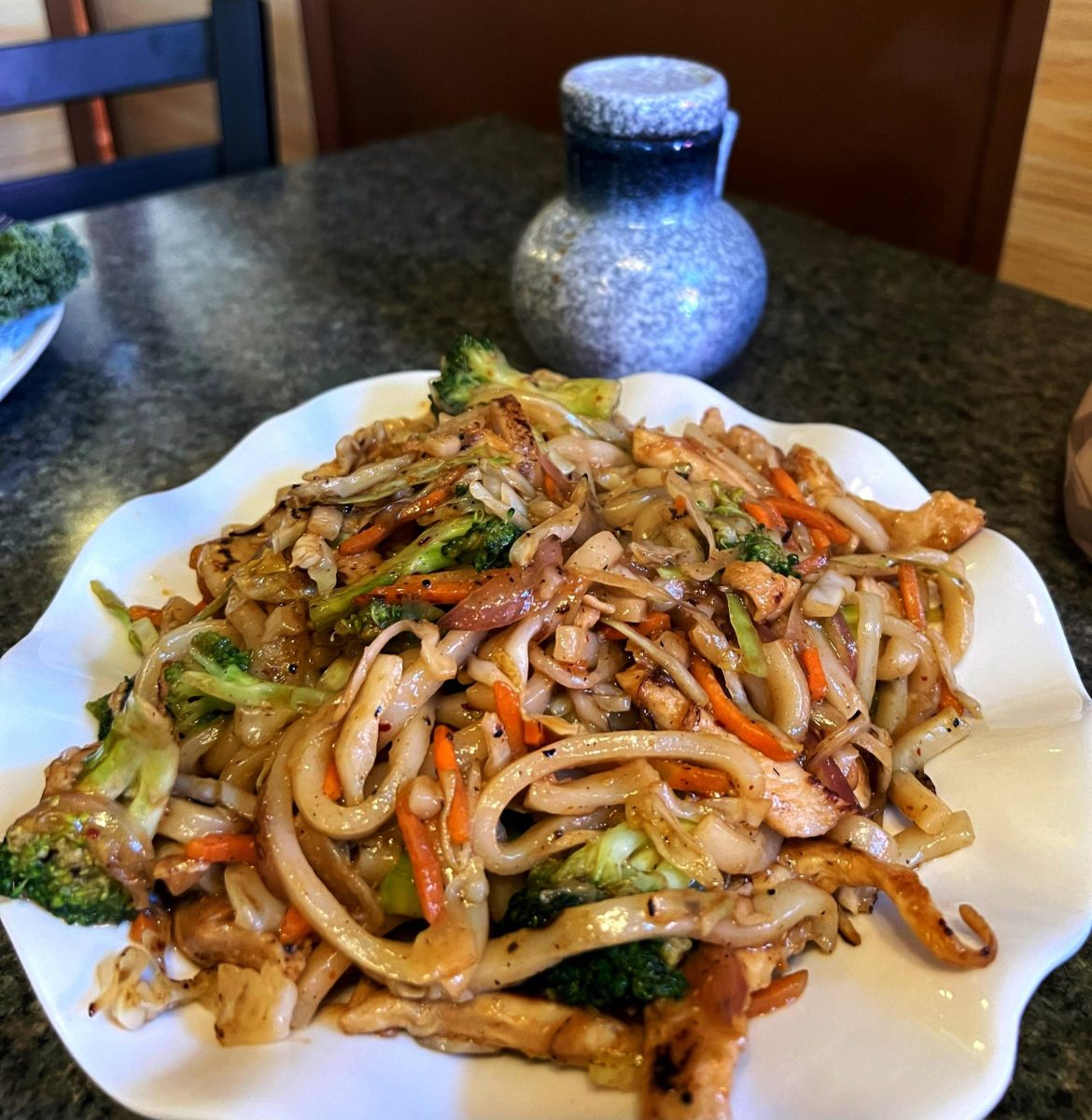As some of you may be aware, April is Earth Month on this campus. As Vice President of Students for Sustainability, I am one of planners of the many events that are happening as a part of this month. In this column, I’ll take a break from incessantly telling people to come to events (I truly apologize, but also see you at the Panel this Sunday!) to talk about something that we all should be doing more of to ensure sustainable food systems. In the face of a massive problem such as catastrophic climate change, I offer a solution that comes in a small, crunchy package.
I’m talking about eating bugs.
While the discussion of bugs as a sustainable source of protein is becoming increasingly mainstream, here is the general scoop for the previously uninitiated.
Despite the fact that humans have relied for thousands of years on livestock for protein, animals are a pretty inefficient way to get energy. In order to reach your plate, a hamburger requires over 800 gallons of water and over 25 pounds of carbon dioxide emissions. I am not here to condemn meat eaters (while I mostly eat plants, I have been known to include meat in my diet), and I don’t want to ignore the role that rotational grazing can play in generating healthy soils. Saying that, it shouldn’t be a shocking statement to say that the planet, already incredibly overburdened by human’s high carbon footprint existence, deserves to receive a little less stress from our food choices.
Enter, bugs. Unlike conventional livestock, insects are incredibly efficient creatures. Crickets, for instance, require 20 times less land and food to create the same level of high quality protein. Humans have been eating bugs as long as the rest of the barnyard crew. Across the world, humans cook with insects in some delicious ways. When I was in Oaxaca, Mexico for a Knox travel course, I fell in love with the ubiquitous chili lime roasted crickets (chapulines) that were sold on the street in huge wicker baskets. They were cheap and a tasty on the go snack or bar food, almost like Flaming Hot Cheetos, but with a little more of a nuttiness to them. And legs. You get used to the legs though, I promise.
In Galesburg, I have already been experimenting with sourcing a local supply of insect protein. At the Knox Farm this summer, I was astounded by the number of invasive Japanese beetles that were plaguing our apple trees. We farm crew members resorted to picking them off (sometimes by the handful) and trapping them in plastic tubs. One day, as I was growing hungry after working all day on the farm, I got to thinking: What is stopping me from eating these suckers? I took one of the tubs full of these tiny, iridescent beetles to my apartment and began experimenting.
After some research I found that there is no evidence that japanese beetles are toxic when ingested. However, it is suggested to give them a good cooking to kill off any potential bacteria on the surface of the beetles.
With these precautions in mind, my goal was to emulate the spicy chapulines that I fell in love with in Mexico. After heating up some oil in a pan, I dressed the japanese beetles in lime juice, lots of salt and chili powder. Then, I dumped the beetles in the pan and let them cook until they were looking crispy (and bacteria free). I threw them in a corn tortilla, topped it with some extra lime and sour cream, and took my first bite. While not instantly transported to the streets of Oaxaca, I did have a moment of epiphany. There is potential right here in Illinois to take a pernicious pest and convert it to a source of sustenance. With a little recipe tweaking and perhaps the gaining of trust, I believe that it wouldn’t take long for these beetles to become a legitimate source of protein and example of sustainable food sovereignty in Galesburg. Maybe one day Knox students will be back in the cafeteria, and instead of being appalled to find bugs in their food, they will seek them out with zeal.












